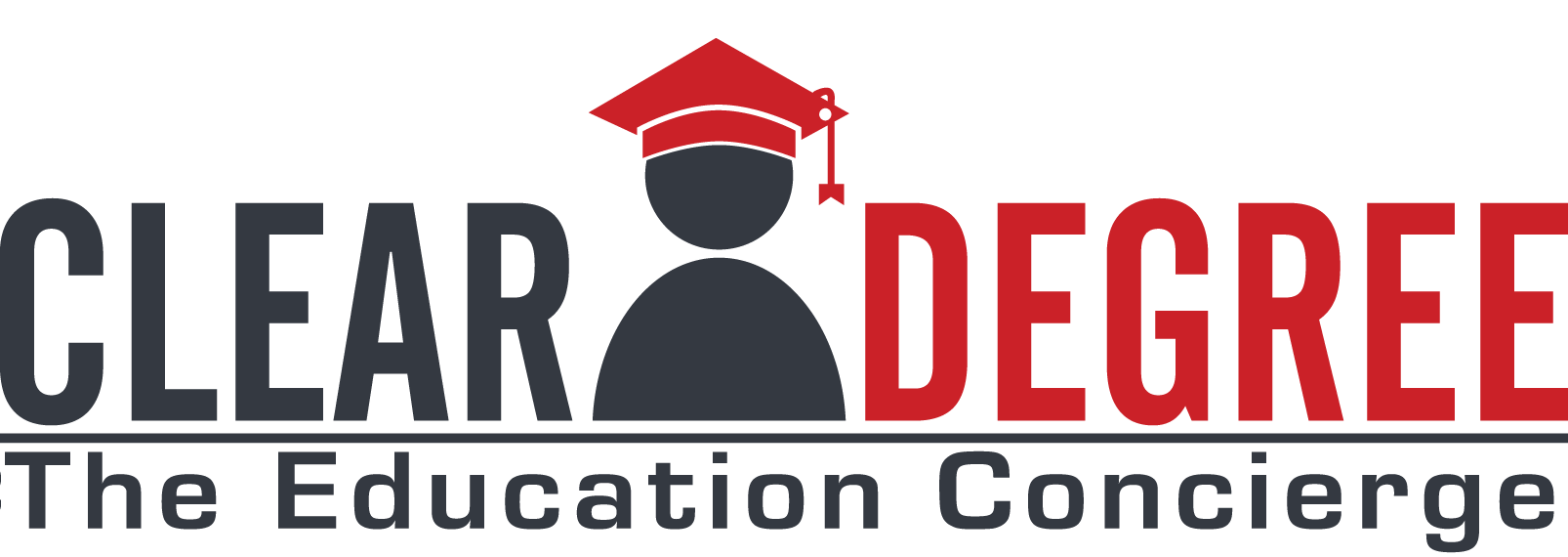5 Reasons to Pay More Attention to your Tuition Assistance Program


According to the survey, a full 63% of employers are offering tuition assistance programs, and most are offering it as a reimbursement, most commonly between $5000 and $6000. A slight majority require employees to pay back the assistance if they leave within a year.
What was disappointing to see is that use of the education benefit, while growing, is still in the single digits.
HR and Learning leaders have a ton on their plate, so it’s no surprise that creating a strategy around tuition assistance engagement and ROI may be a little lower on the priority list. But there are real reasons to focus on developing a strong TAP.
It’s a personal benefit that comes with a company benefit. Think about the list of perks or voluntary benefits that your company offers. How many have a direct, positive impact on company growth and productivity? Sure, we’re all better off with more vacation time, or paid volunteer hours or gym discounts. But when it comes to tuition assistance, there is a real opportunity for employees to bring what they’re learning into the workplace on a daily basis, and to take the cumulative knowledge and grow your company alongside their career.
You don’t know what you don’t know. As the stats indicate, often HR managers tell us that the usage of their tuition assistance program is very low. The question is, are they turning it down or are they just not aware that it exists? Do you have info sessions, surveys or engagement to create awareness? Do you look at the education gaps in your stronger employees to see if they might be interested in filling them (and increase your retention)? Some companies are afraid that awareness will mean a budget hit. Others see human capital as an asset in which to be invested. Which are you?
And neither do they. Even when employees are aware of tuition assistance, they may be reluctant because they have no idea where to start. Some employees have tried college before (or a few times before) and don’t think that they can hack it. Others can’t (or don’t know how to) decide on which degree or format or how to fit going to school into into their schedule. Luckily for them, progressive HR leaders are taking advantage of resources that can provide both guidance and help employees properly prepare to take the step towards a degree.
You can make a bigger impact than ever. Everyone knows how huge of a problem student debt has become. Some employers are helping employees pay off their debt, while others are also making sure that students have the knowledge and choices (along with money) to not get into that level of debt in the first place. With the right partner within the company, an employee that is looking to finish their degree or get a grad degree can dramatically reduce the costs of that degree and how long it takes to get it.
It’s an awesome story to tell. When you’re recruiting and competing against companies, whether locally or from all over the world, there aren’t many better stories to tell than of how you have “grown your own” leaders. Someone who had an entry level position, worked with a partner in HR or Learning to gain training and more education, and used it to grow in the organization is what prospective employees love to hear. That means they have a partner in their career path who is looking to invest in their growth and in turn see the company grow.
Tuition assistance can be much more than an item on a bullet list of benefits. With the right amount of focus and when used proactively, it can become a key strategic initiative
